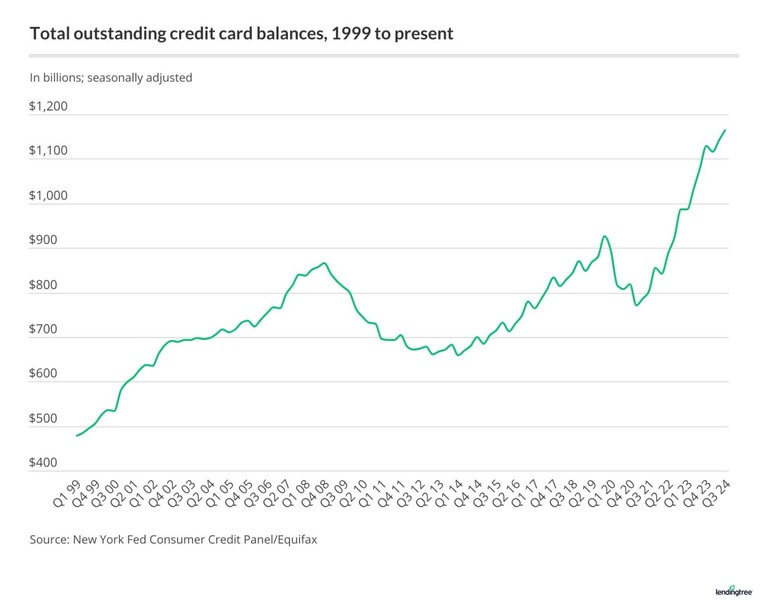One idea that I have for a small business is a gardening business.
The first step is to order seeds and plants. I will have to choose which plants will be the most productive and have the highest value to work ratio, because I can’t plant every vegetable! Some ideas: Peas, potatoes, green beans, peppers.
After the seeds come, I will need to plant any seeds that need to be germinated inside, like peppers. That will require careful work.
After that, it’s tilling time! We already have the tools, so I don’t need to buy any.
Next, it’s preparation and planting time. For peas, I will need trellis/mesh for them to climb on. For peppers and tomatoes, stakes are required.
Then comes the grind: keeping the garden alive! Weeding, weeding, and more weeding. If it’s dry out, watering! I could set up automatic sprinkler systems to auto-water the plants when it’s dry out.
Last is harvesting the vegetables, the most fun part (in my opinion!)
Phew, all that work, and now the fruits of my labor are…
BUT WAIT!
That’s just one part of running a gardening business! Don’t forget to manage the more technical side of it! I also need to set up the business side of it! I will need to figure out a put advertisements up, and set the prices.
Then, selling the vegetables. I will need to find a suitable location.
After all that is finished, the fruits of my labor…
Money(and veggies!):-)
